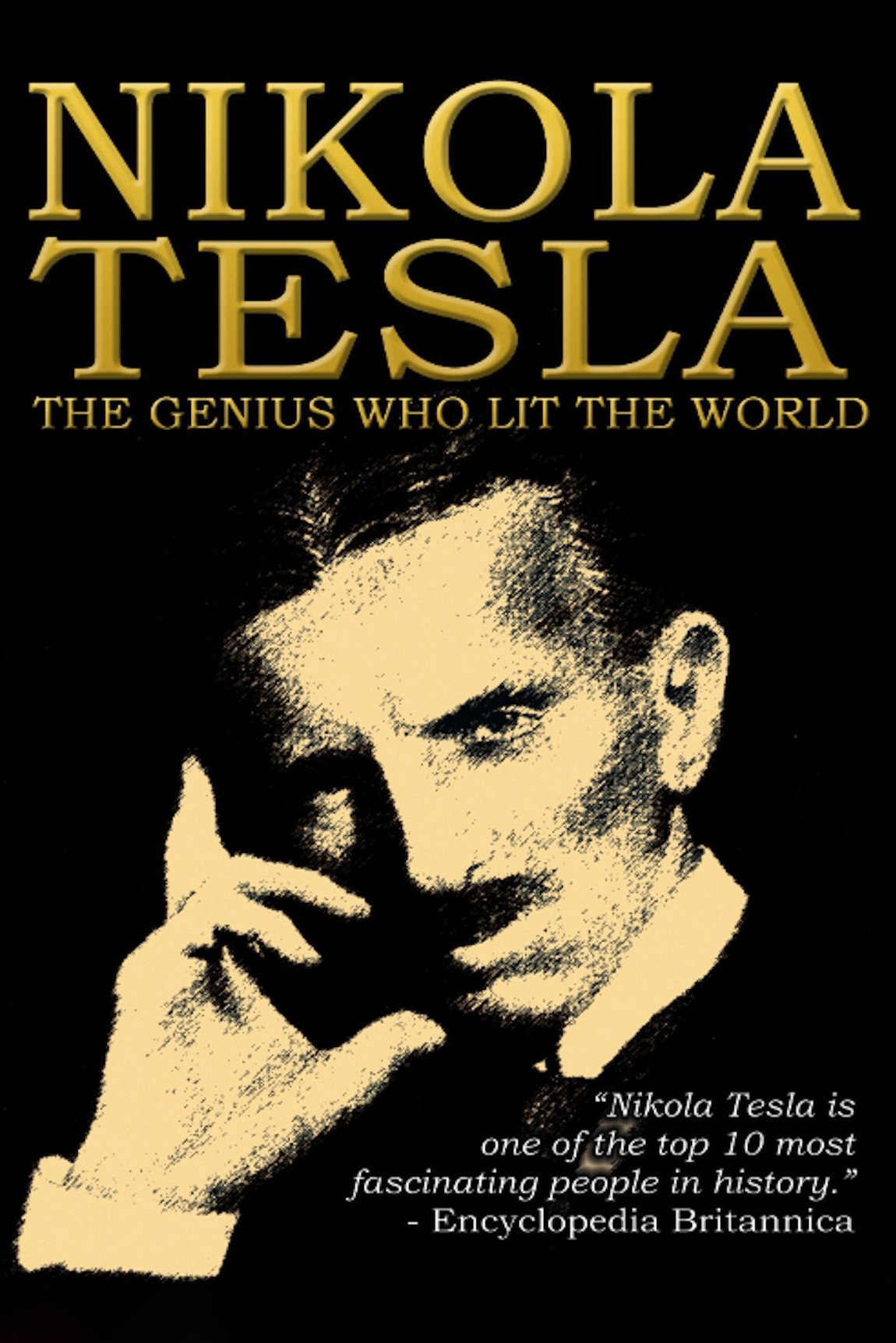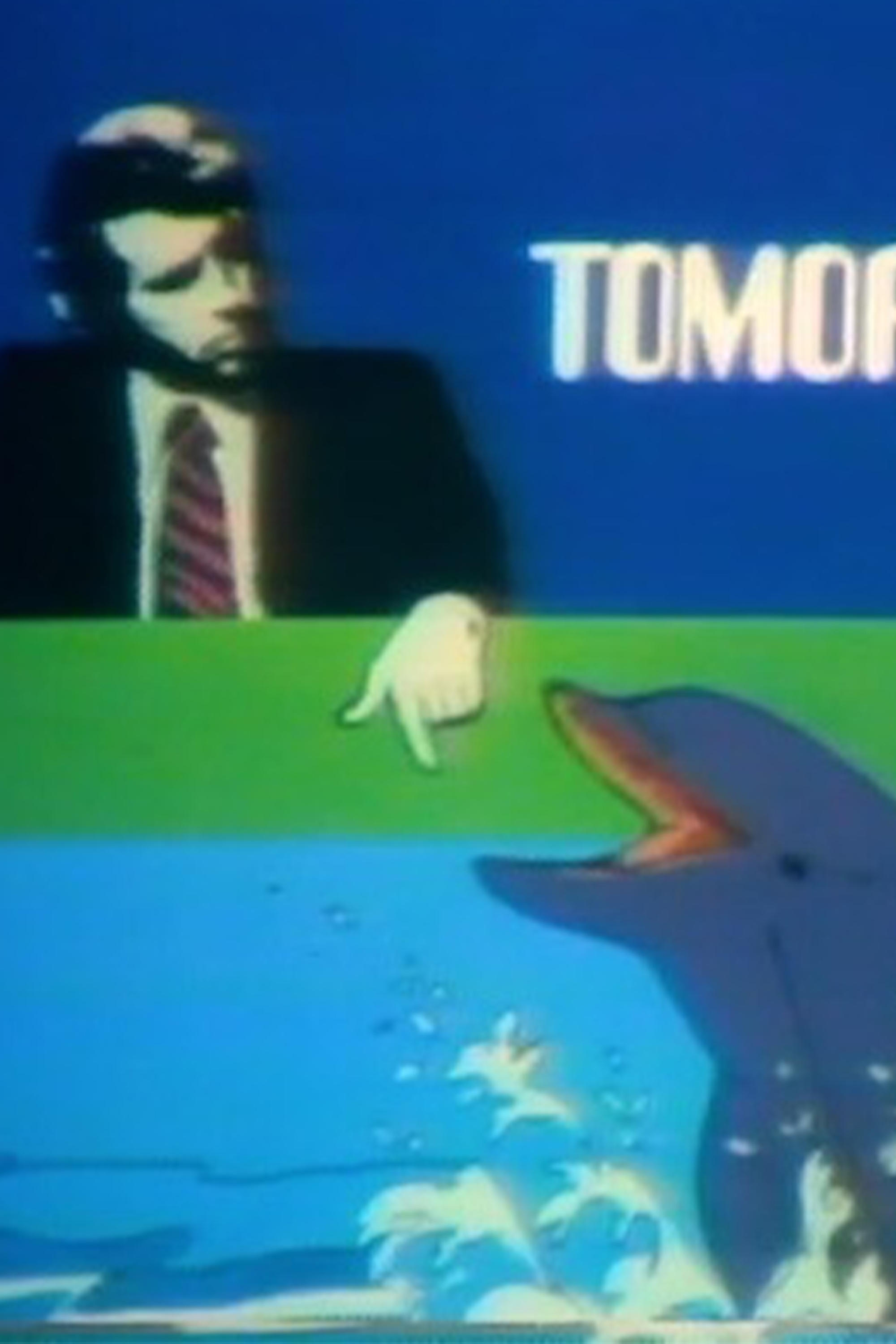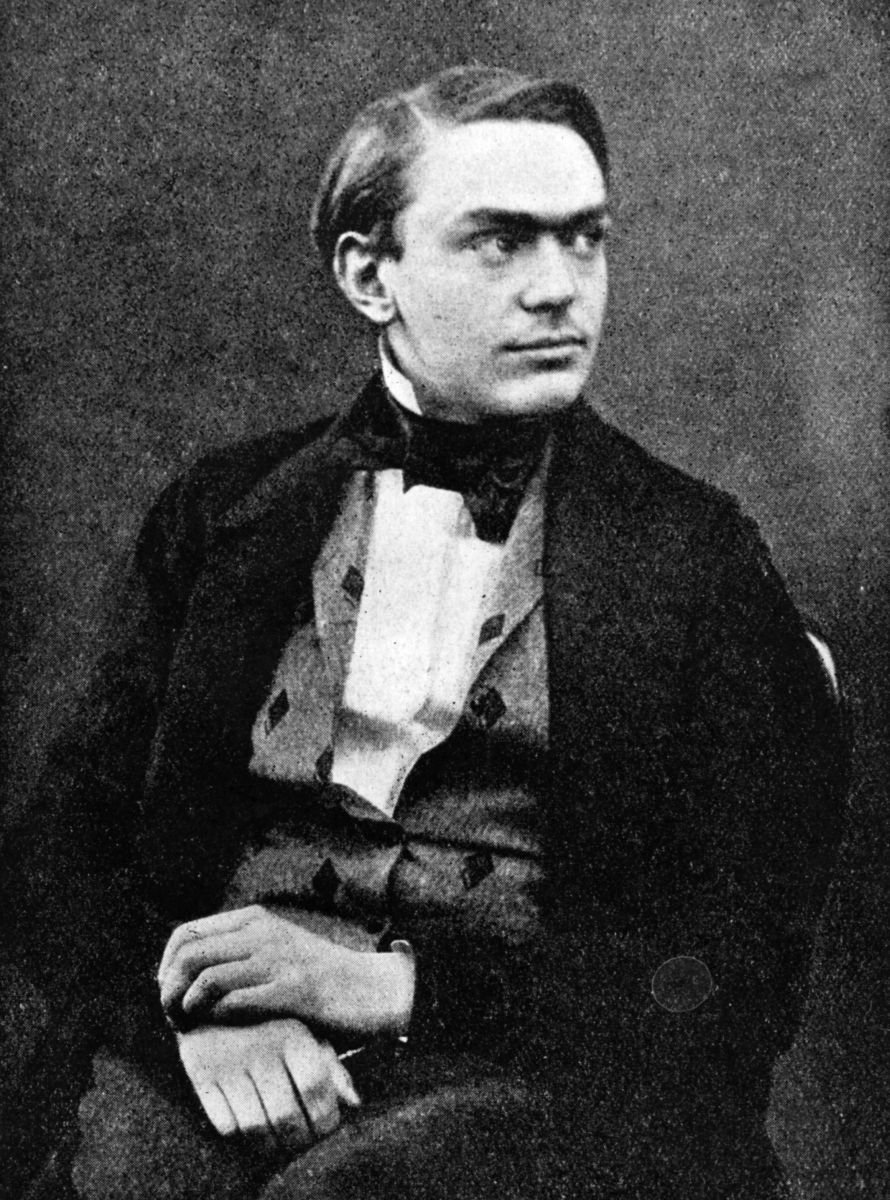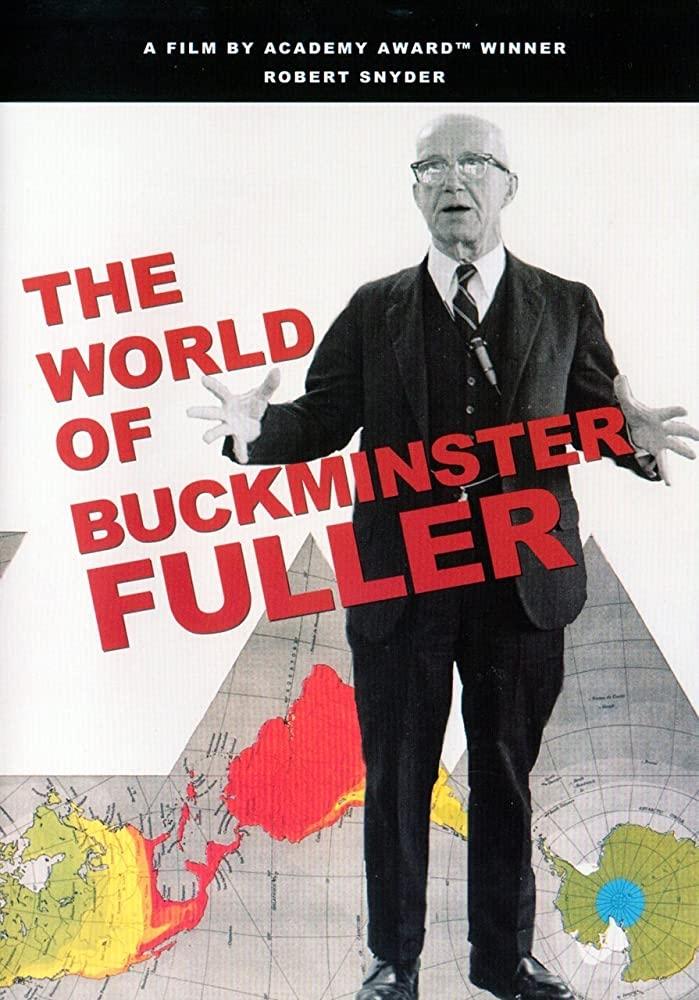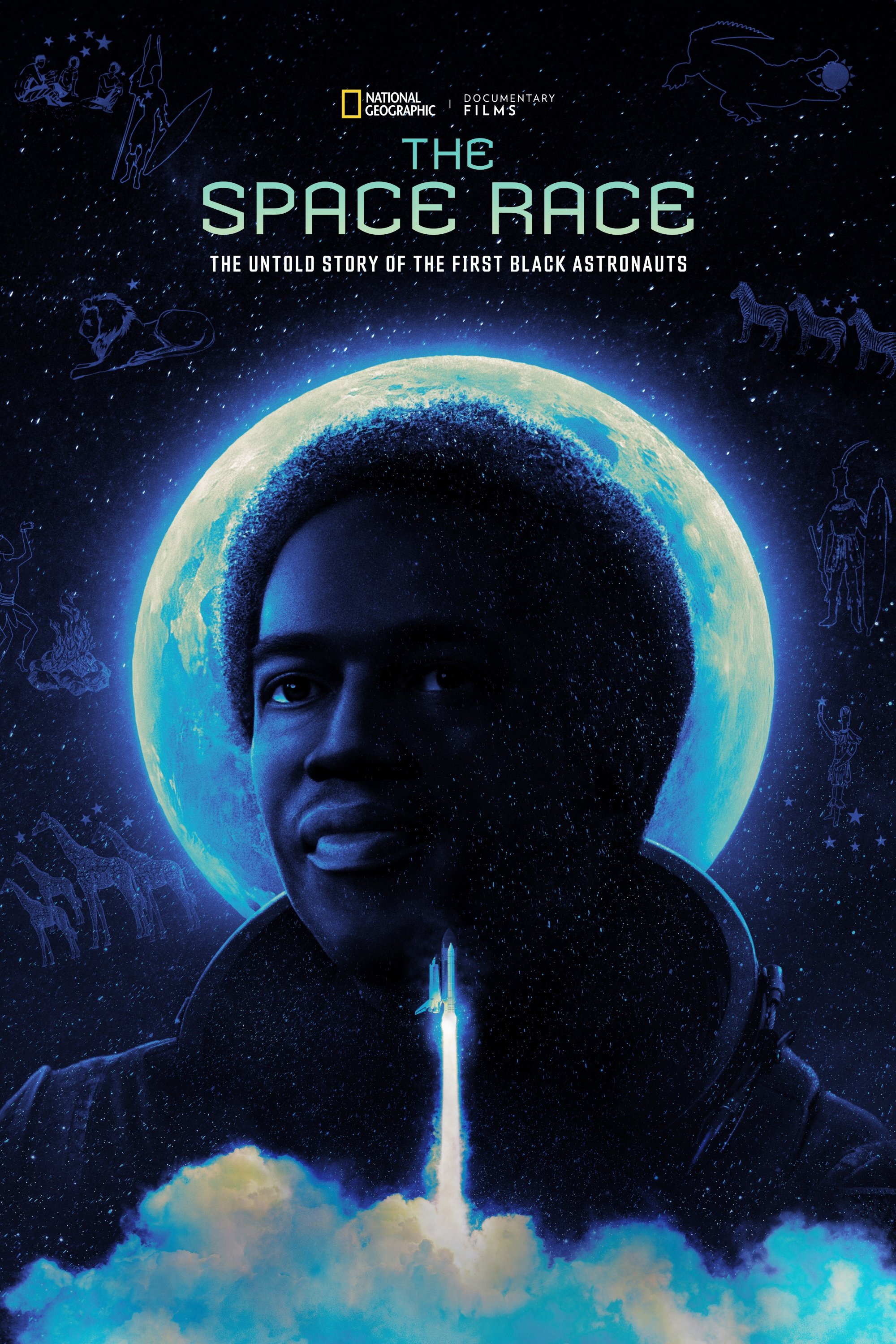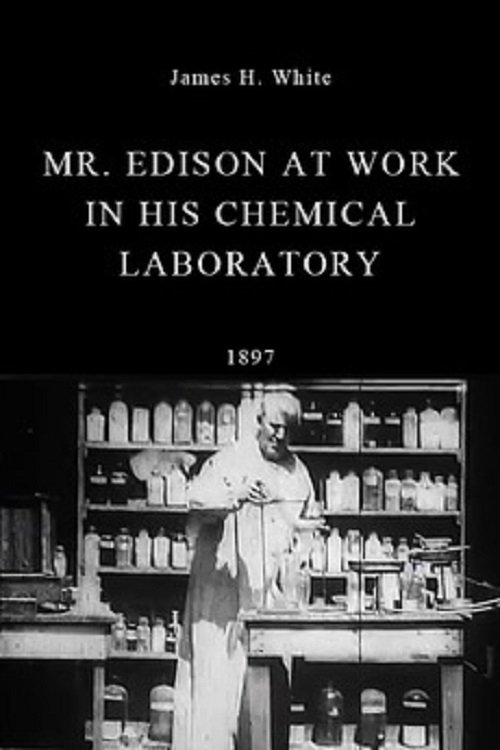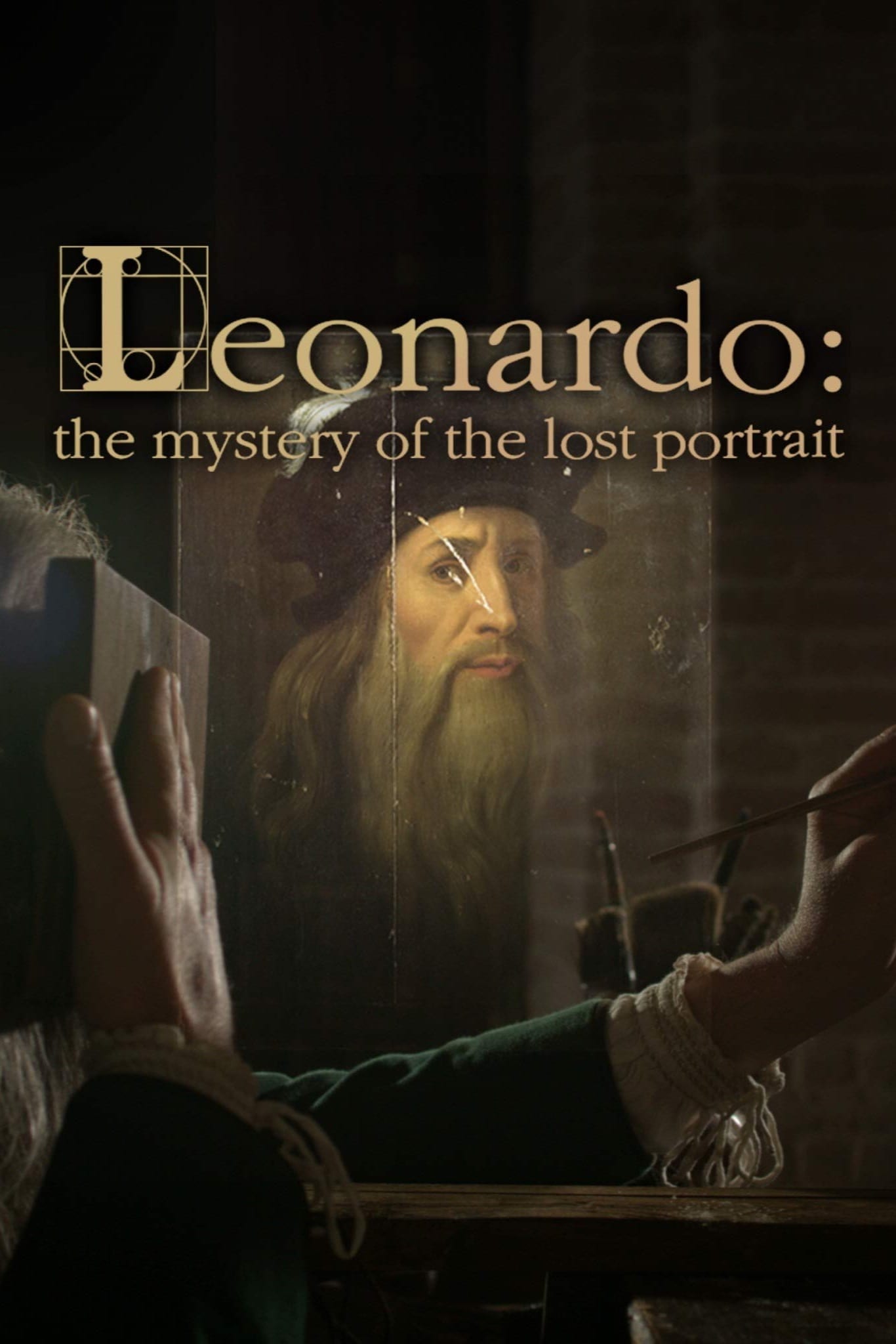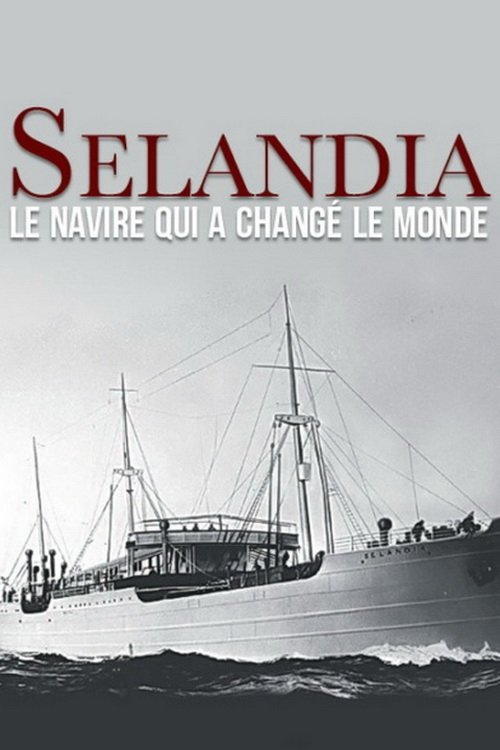
SELANDIA: The ship That Changed the World (2012)
Overview
The Ship that Changed the World is a historical drama about the birth of the world's first ocean-going diesel-powered ship Selandia. A groundbreaking invention that changed the world forever. The film shows Selandia and the creators receiving worldwide acclaim. But for two of them success was short-lived. They died under mysterious circumstances shortly after the maiden voyage of Selandia. On the brink of the World War, and with Germany and England showing great interest in this invention, is it too farfetched to believe that these deaths were more than coincidental. - Written by Michael Schmidt-Olsen
Production Companies
Additional Info
| Budget | $0.00 |
|---|---|
| Revenue | $0.00 |
| Original Language | en |
| Popularity | 0.2134 |
Directed By
Michael Schmidt-Olsen
Crew
Michael Schmidt-Olsen
TOP CAST
Similar Movies
Reimagining A Buffalo Landmark
The Richardson Olmsted Campus, a former psychiatric center and National Historic Landmark, is seeing new life as it undergoes restoration and adaptation to a modern use.
Nikola Tesla: The Genius Who Lit the World
Nikola Tesla is considered the father of our modern technological age and one of the most mysterious and controversial scientists in history.
SlingShot
An intimate and inspirational portrait of Segway inventor, Dean Kamen, and his 15-year quest to solve the world's safe water crisis. SlingShot focuses on noted Segway inventor Dean Kamen and his work to solve the world's water crisis. An eccentric genius with a provocative world view, Kamen is an inspiration for future scientists. His inventions help people in need and ease suffering.
The Gutenberg Enigma
A portrait of the inventor of the letterpress, who was a key figure in the history of mankind, but also an enthusiastic inventor, a daring businessman, a tenacious troublemaker: the life of Johannes Gutenberg (circa 1400-68).
The Seabees on Iwo Jima
Narrated by CBS Sports' Jim Nantz. The Seabees on Iwo Jima focuses on the United States Naval Construction Battalions in World War II, which built all the infrastructure for the Allies in Europe and the Pacific in WWII. The Seabees were construction workers by trade but had to fight at times. Their motto was "We Build, We Fight," and their biggest test came in the battle for Iwo Jima in 1945.
The Invention of Dr. NakaMats
NakaMats is an unlikely character made for the movies, an eccentric 80-year-old Japanese inventor responsible for 3,357 inventions, including the floppy disk. With his deadpan English and impeccable comic timing, he provides nonstop laughs— utterly nutty, but also a paean to the spirit of human invention.
Zvorykin-Muromets
Parfenov's documentary is about a brilliant scientist and engineer, born in Russia, but only known on the other side of the ocean. The invention of modern television changed the history of mankind. The invention has an author, who is almost unknown in his homeland. Vladimir Zworykin, born in Murom, a Russian American, was the person who created distant wireless transmission of images.
John Lilly and the Earth Coincidence Control Office
John C. Lilly is the inventor of the isolation tank, as well as pioneer of studies in dolphin intelligence and support of psychedelics as a positive means for expanding consciousness. The storytelling will be supported by interviews with Lilly’s contemporaries and colleagues, as well as extensive archival records.
Von Schlagrahmdampfern und anderen verlorenen Dingen
Not everyone who nowadays drives on the A73 between Nuremberg and Bamberg knows that they are travelling on a former waterway. Still half a century ago, the old Ludwig-Main-Danube-Canal (in short: Ludwig-Canal) was located here, which represented the last puzzle piece to a navigable connection between the oceans. Build within a remarkable ten years’ time of construction, the canal, which was opened in 1846, was the realization of a small dream of humanity as it finally connected the North Sea with the Black Sea. Unfortunately, the idea could not support itself financially: Too powerful were the railroads, which saw its rise simultaneously, and which soon undermined the ambitious canal project’s future as they were in every regard the faster, more comfortable, and better means of transportation of the hour.
15 Miles On The Erie Canal (Part 1)
The Erie Canal was an engineering marvel in its time and remains so today. This documentary travels from Palmyra to the Genesee River, stopping along the way to visit the people and places that make the canal so special. Canal historian Thomas Grasso offers insight into the canal’s past while the Golden Eagle String Band provides the music track.
The Story of Alfred Nobel
This John Nesbitt's Passing Parade short tells the story of Alfred Nobel, who invented dynamite, and later established the Nobel Prize.
Deconstructing Dad: The Music, Machines and Mystery of Raymond Scott
His filmmaker son probes the professional and private lives of his remote but fascinating father: bandleader, composer, inventor, and electronic music pioneer Raymond Scott.
Silver Memories
Heralded as a palace among minor and major league baseball stadiums, Silver Stadium set a standard of excellence from opening day. From May 1929 through the 1990s Silver Stadium served as home to Rochester's historic baseball team, The Rochester Red Wings, as well as many other sporting teams. When not being used as a baseball stadium, the space served as center stage for a variety of traveling acts. Hear from the people closest to the history of this magnificent facility as they take you on a journey through The Memories of Silver.
The Dawnsayer
For the past 40 years, Bruce Beach has been preparing for a nuclear disaster. A bunker of 42 school buses is buried on his property, designed to save humanity. Curious onlookers and interested preppers regularly visit the site named Ark Two, but it's clear that the creator of this decaying shelter is the only one truly convinced of its practicality in the event of an apocalypse. Now that Bruce is in his 80s, he and his wife Jean need to spend more time taking care of their immediate needs than worrying about the future. What could easily be dismissed as evangelical paranoia becomes a tragic yet uplifting story about a risk-taking inventor who has lived without regrets. Sometimes outside-the-box thinkers become millionaires and are recognized for their genius ability to guide us into the future, while others are pushed to the margins. There’s a lot to be learned from both
The World of Buckminster Fuller
Architect, engineer, geometrician, cartographer, philosopher, futurist, inventor of the famous geodesic dome and one of the most brilliant thinkers of his time. Fuller was renowned for his comprehensive perspective on the world's problems. For more than five decades he developed pioneering solutions reflecting his commitment to the potential of innovative design to create technology that does "more with less" and thereby improve human lives. He spent much of his life traveling the world lecturing and discussing his ideas with thousands of audiences. Now more relevant than ever, this film captures Fuller's ideas and thinking told in his own words.
The Space Race
Uncover the little-known stories of the first Black pilots, engineers and scientists seeking to break the bonds of social injustice to reach for the stars, including Guion Bluford, Ed Dwight and Charles Bolden among many others.
Mr. Edison at Work in His Chemical Laboratory
“This film is remarkable in several respects. In the first place, it is full life-size. Secondly, it is the only accurate recent portrait of the great inventor. The scene is an actual one, showing Mr. Edison in working dress engaged in an interesting chemical experiment in his great Laboratory. There is sufficient movement to lead the spectator through the several processes of mixing, pouring, testing, etc. as if he were side by side with the principal. The lights and shadows are vivid, and the apparatus and other accessories complete a startling picture that will appeal to every beholder.” (Edison Catalog)
Leonardo: The Mystery of the Lost Portrait
Leonardo da Vinci is not just the most famous and most admired of all painters - he is an icon, a superstar. Yet, the man himself remains elusive. Accounts during his lifetime describe a man too handsome, too strong, too perfect to be accurate. But in 2009, the chance discovery in the South of Italy of an ancient portrait with strangely familiar features takes the art world by storm. Could this be an unknown self-portrait by Leonardo da Vinci? Controversy erupts among the experts. The implications of such a discovery have far-reaching consequences for our understanding of the work of this great Renaissance master.
L'Odyssée Rosetta, 900 jours sur une comète
Several hundred million kilometers away, the space probe "Rosetta" and the small lander "Philae" orbit the sun on the comet "Churyumov-Gerasimenko", without any contact with Earth. On September 30, 2016 - two years after the launch of "Philae" - the landing of "Rosetta" on the comet marked the end of a space mission rich in discoveries, successes and setbacks. The documentary "Rendezvous with a comet: Mission Rosetta" revisits this extraordinary space adventure. After the landing of "Philae" on the comet "Churi" in November 2014 - probably one of the greatest successes in space research since the moon landing - the mission continued and provided a whole series of surprises.

